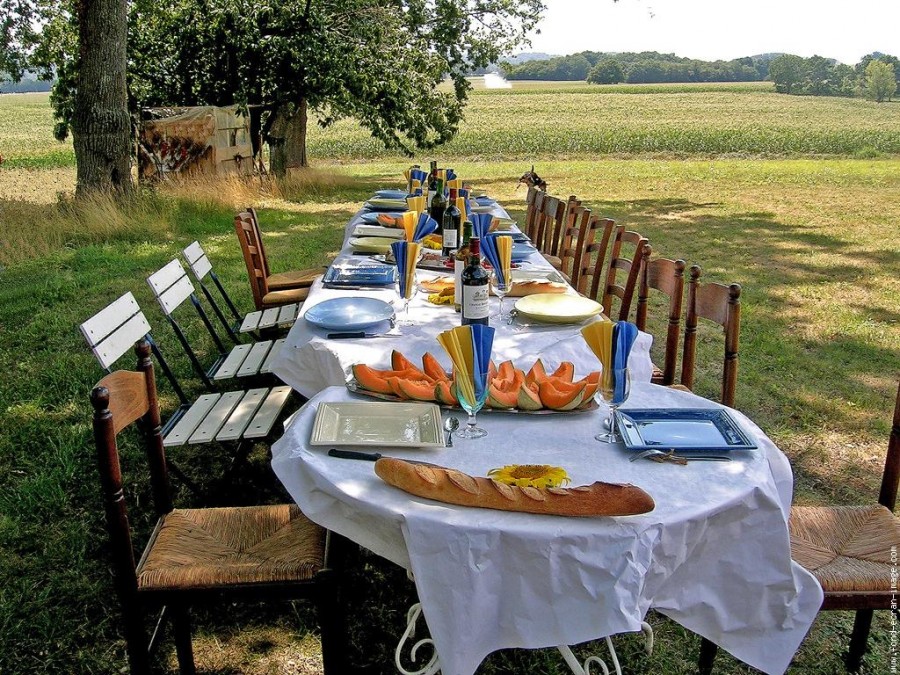The Unesco Committee has inscribed the Italian Mount Etna in Sicily and 14 Medici villas and 2 gardens in Tuscany, on the World Heritage List.
Etna is the highest Mediterranean island mountain (the upper part reaches 3,350 m. a.s.l.) and the most active stratovolcano in the world. The eruptive history of the volcano can be traced back 500,000 years and at least 2,700 years of this activity has been documented: it has been known and observed since Greek and Roman classic times.
It represents a unique environment due to dynamics of geological phenomena (eruptions and related volcanic activity, earthquakes) that strongly influence and modify habitats and ecological features of the whole region. Its almost continuous eruptive activity deeply influences volcanology, geophysics and other Earth science disciplines.
It is also an iconic site encompassing 19,237 uninhabited hectares on the highest part of the mount, on the eastern coast of Sicily Island.
The naturalistic biodiversity also supports important terrestrial ecosystems including endemic flora and fauna and its activity makes it a natural laboratory for the study of ecological and biological processes.
The diverse and accessible range of volcanic features such as summit craters, cinder cones, lava flows and the Valle de Bove depression, have made the site a prime destination for research and education. Etna currently represents one of the most popular and visited volcanoes in the world.
Mount Etna is the 48th Unesco place in Italy, which has the highest number of places inscribed in the List: 48 on almost 1,000 all over the world. The first one was in 1979: the cave art in Val Camonica in the Lombardy plain. The caves have one of the world’s greatest collections of prehistoric petroglyphs: more than 140,000 symbols and figures carved in the rock over a period of 8,000 years and depicting themes connected with agriculture, navigation, war and magic.
Giardino di Boboli (Firenze)
On the World Heritage List, during this last session of the World Heritage Committee, were also inscribed authentic jewels of the Tuscan territory, architecture and culture: 14 villas and 2 gardens, rural building complexes near Florence, which were owned by members of the Medici family between the 15th century and the 17th century.
Recreational resorts and artistic exibitions of power and wealth, a true microcosm of the Medici court, are outstanding examples of Renaissance and Baroque architecture.
The new Unesco treasures are: Giardino di Boboli (Firenze) e Giardino di Pratolino (Vaglia, Firenze); Villa di Cafaggiolo (Barberino di Mugello), Villa Il Trebbio (San Piero a Sieve), Villa di Careggi (Firenze), Villa Medici di Fiesole (Fiesole), Villa di Castello (Firenze), Villa di Poggio a Caiano (Prato), Villa La Petraia (Firenze), Villa di Cerreto Guidi (Firenze), Palazzo di Seravezza (Lucca), Villa La Magia (Quarrata, Pistoia), Villa di Artimino (Carmignano, Prato) e Villa di Poggio Imperiale (Firenze).




























